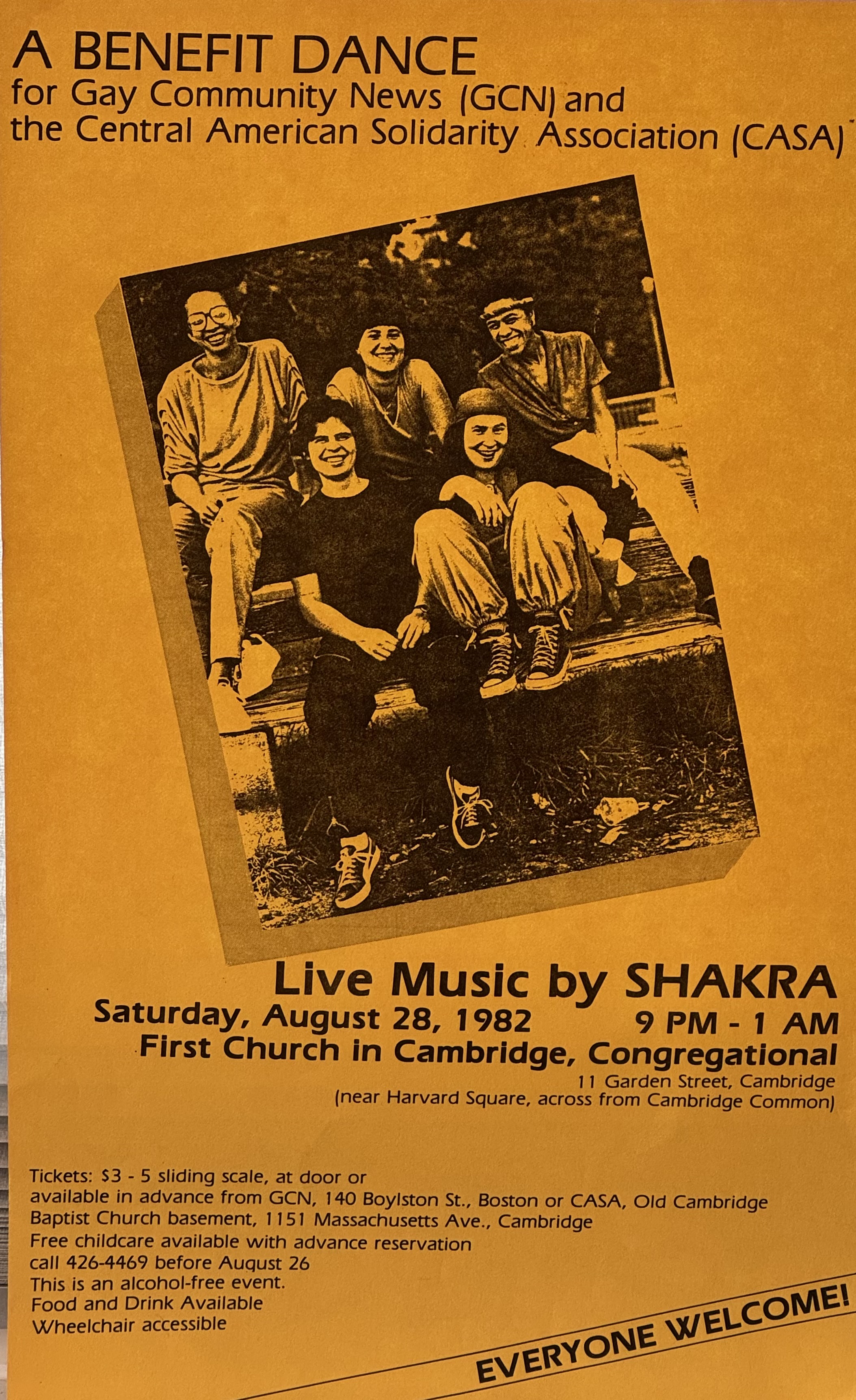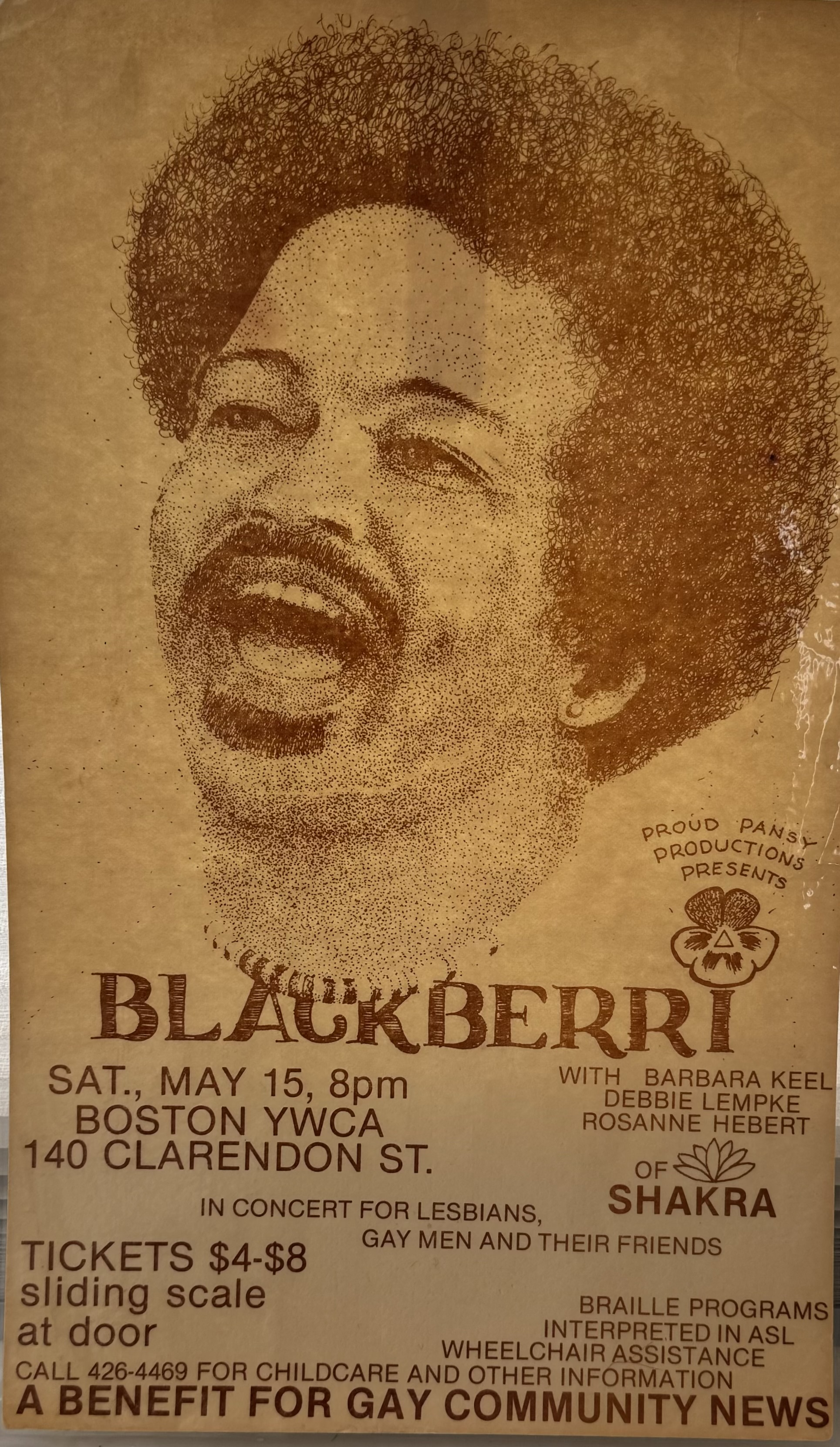Ephemera
Ephemera are items designed to be useful or important for only a short time, such as pamphlets, notices, tickets, and advertisements. In this area of the archive, I am interested in presenting ephemera related to lesbian poetry. Currently, there are four items: an advertisement for a lesbian writers’ workshop from Chrysalis, No. 10, a magazine of women’s culture, a letter from Jan Clausen about the release of A Movement of Poets, an advertisement for A Movement of Poets, and an advertisement for Clausen’s book Daughter, Sister, Mother, Lover
Writer's Workshop
Advertisement for lesbian writers’ workshop from Chrysalis, No. 10.
Letter/A Movement of Poets
Letter from Jan Clausen announcing publication of A Movement of Poets.
Flyer for A Movement of Poets
Advertisement announcing publication of A Movement of Poets.
Book Flyer
Advertisement for Jan Clausen’s Mother, Sister, Daughter, Lover.
A Manifesto for the Feminist Artist by Rita Mae Brown
From The Furies, Lesbian/Feminist Monthly, Volume 1, issue 5, June-July 1972
Art in the past has been the pursuit of the privileged with few exceptions, it has been white, male, usually middle to upper class, and overwhelmingly heterosexual. All forms of the arts—music, dance, literature, painting, film, etc.—reflect the concerns of this dominant group with a few male homosexuals thrown in for good measure. Only recently have the concerns of other people and their art begun to emerge, especially within the Black community, and in its beginning stages among women.
Today 90% of what is available to the public remains the art of the oppressor. Since they control the business end of the arts they control what is presented to people. Therefore precious little of our work leaks out to the mass public. But their arts for all its dominance is in such decline it has reached the final stages of disease and decadence. That art offers us two poles: nostalgia and porno-violence. Both come from emptiness, starvation of creativity and hope, and incredible self-indulgence.
Their concept of self has become so perverted that older members of the oppressor generation seek the coordination of their fragmented selves on a graph of the past, nostalgia. Meanwhile the younger generation gives itself in an orgy of porno-violence. The male ego is so eroded that these younger men—the inheritors of the political-economic reins of the death culture—seek an affirmation of self in violent, destructive sex. Porno-violence is their symbol of protest that in its essence denies not only dignity and equality to women but even life to women. Rape is the cliché of male art be it individual rape or the systematic brutalization of an entire sex and entire races.
As women artists we are in deep revolt against this rotting art just as we are in revolt against the syphilitic political structures that damage us and endanger world peace.
Our experiences have been locked away from the eyes and ears of the people. We must fight to transmit those experiences forcing people to face the reality of our lives, of all oppressed people’s lives. But our art must be more than personal narrative; it must contain a vision for the future where no group rapes another, where force is not the heart of politics and egotism not the mind of art.
Our task is to achieve a synthesis of poetry and politics, theater and experience, love and society. We have to pull together a world compartmentalized by the resident schizophrenics in the White House, the Pentagon and General Motors. We have to build an alternate media, a new art to help us create a new government in which all people are free. Let our work be the bridge to that new world.
| Attachment | Size |
|---|---|
| 115.95 KB |
Dyke Jacket Cover
Lesbian Music in Boston in the 1980s
Keena Keel shared these two flyers documenting some of the vibrant lesbian and gay life in Boston in the 1980s.


| Attachment | Size |
|---|---|
| 1.61 MB | |
| 2.08 MB |
Nights of Love on Lesbos (LP)
JD Doyle at Queer Music Heritage has digitized the album Nights of Love on Lesbos, a 1962 album with words and music. You can download the album here: http://www.queermusicheritage.us/oct2001a.html
PW article - Creative merchandising, attention to detail help a feminist bookshop to flourish (PW 19810327)
This article, "Creative Merchandising, Attention to Detail Help a Feminist Bookshop to Flourish," by Pat Holt about Old Wives' Tales was in Publishers Weekly on March 27, 1981.
It is an early document about how trade bookstores and the trade publisher Publishers Weekly thought and wrote about feminist bookstores.
The scanned PDF is four pages.
Pseudonyms
Readers of The Ladder, the magazine of the Daughters of Bilitis, know that many of the writers used pseudonyms. While researching Diana Press at the Mazer Archives in Los Angeles, I found a file with contracts for the Diana Press book, Lesbian Lives: Biographies from The Ladder. Barbara Grier had eight pseudonyms that she used in writing biographies of lesbians for The Ladder. Many may be familiar with Gene Damon, the pseudonym that she used for the majority of her book reviewing, but there are others including: Lee Stuart, Vern Niven, Terri Cook, Lennox Strong, Marion Barrow, B.G., and Dorothy Lyle. How many women were writing for The Ladder in the final evaluation?